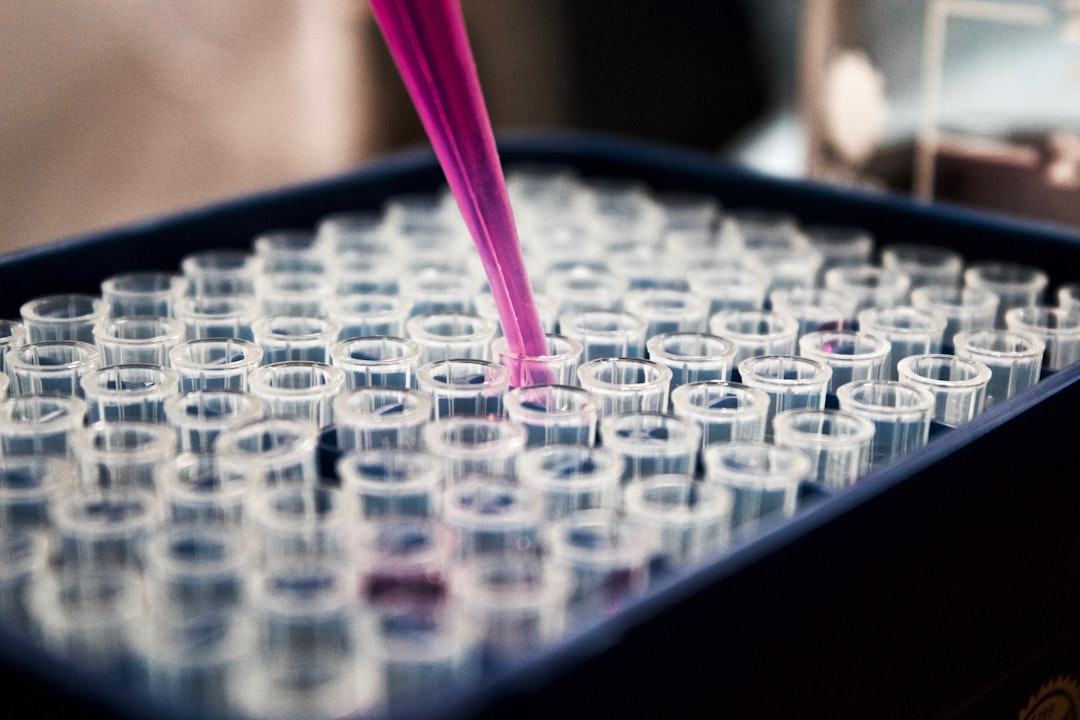What is it about?
We determined that a histidine-rich peptide binds to and incorporates silver ions within its branches to inhibit synergistically fungi, particularly the Aspergillus species. Moreover, these studies suggest that an adduct and its intracellular uptake are essential for optimal antifungal activity.
Featured Image
Why is it important?
Antimicrobial synergy of silver with antibiotics has been recently reported. However, since most antibiotics do not form adducts with silver, pathogenic organisms may be exposed to marked variations in the amounts of silver or the antimicrobial agent. The peptide-silver adduct described in this article ensures that the pathogenic organism will be exposed to similar levels of both active agents, thereby augmenting synergy between the drugs. In addition, coupling a targeting ligand with the peptide-silver adduct increases the likelihood that the adduct can target the pathogenic organism.
Read the Original
This page is a summary of: Silver adducts of four-branched histidine rich peptides exhibit synergistic antifungal activity, Biochemical and Biophysical Research Communications, September 2016, Elsevier,
DOI: 10.1016/j.bbrc.2016.07.008.
You can read the full text:
Contributors
The following have contributed to this page










